Double knitting is the process of knitting two identical knitted items together to create a larger piece. The two pieces can be joined or separated, and it can be invisible or visible.
Because double knitting is a form of inlay, it can be used in a lot of ways. You can:
Make two side panels for a chair or bed frame
Make two leg panels for a chair or bed frame
Make two inch thick countertop layers
Make an afghan that is doubled in thickness and width (this is usually not done)
Topic wise, double knitting is very popular because it can be interesting to work both sides of the double knit item together. Another popular way to do double knitting is to use the same basic instructions, but change the method used to get the second piece.
Bring the yarn to the back of the needle
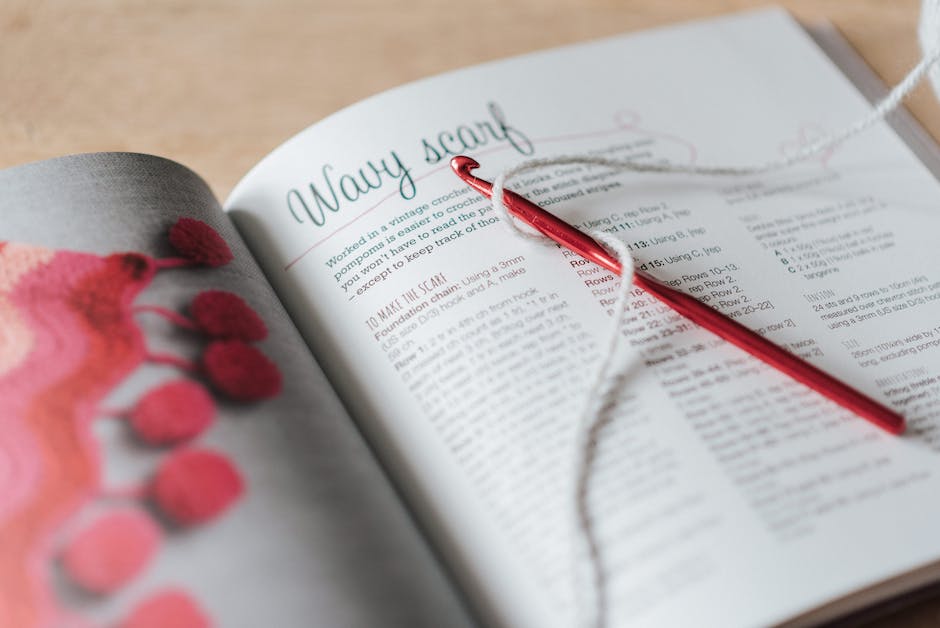
When you reach the end of the needle, pull the yarn through your right thumb and forefinger, and then bring the yarn through the back of the needle. This is called bringing the yarn to the back of the needle.
This action transfers pressure to the next stitch, making it easier to pull through. Once you learn this trick, you will be able to knit more circles, squares, and other shapes without holding onto any of the previous stitches.
You can also do this when copying a knitter’s pattern. Just remember to bring the yarn tothe back ofthe needle when beginning each new row and when shifting from one row to another.
Knit the next stitch as normal
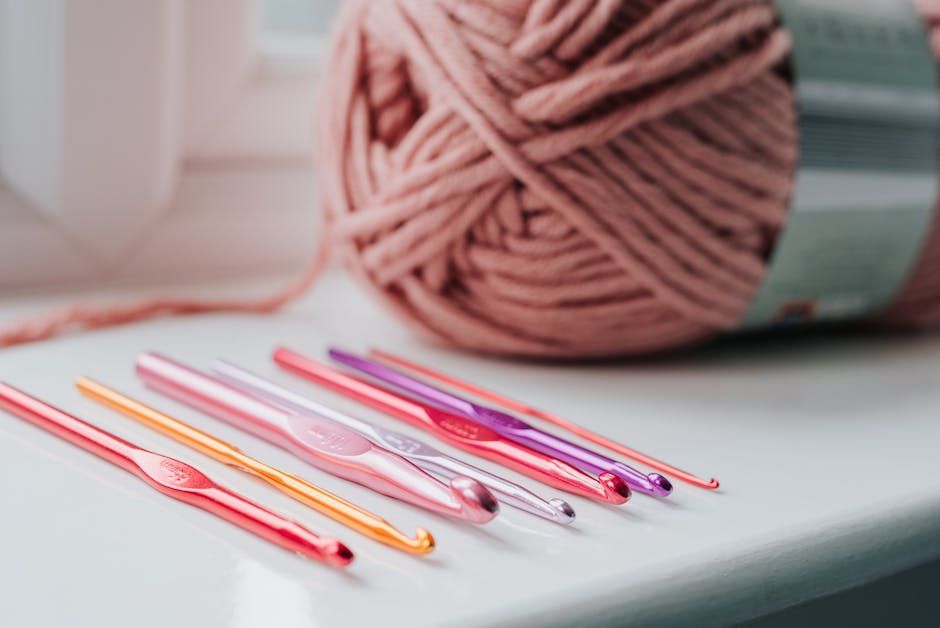
When you have knitted the double, let the row end and there will be two stitches left to Knit. Now, K two stitches as normal, then one more, then two again and so on until you have reached your length of knitting.
Now is the time to turn back to your diagram and determine which side of your hat will be facing outward. If you are going with right-side-out knitting, your first stitch should be a purl-back; if you are going with right-side-out knitting, it should be a purl-back.
Bring the yarn to the back of the needle

Having the yarn on the back of the needle is a great advantage when you want to double the length of your piece. When you bring the yarn to the front of the needle, you can slide the canvas loop off of it and wrap the new length of yarn around the next one. This gives you more length in your knitting!
How to cast on
To cast on, begin with a bottom-left cast-on. Then, insert your first ball of yarn and draw up a loop. Now, continue to insert two balls of yarn and draw up a second loop. Now, pass this second ball of yarn through both these loops and draw up a new loop. Take your work down this same path until all your working material has been used up!
How to bind off
To finish off your piece, use an end-to-end bind off. Start at one end and wrap twelve times with your knitting until both ends are joined.
Knit again and bring yarn to back of needle

Just as there are different ways to knit with the double purl row, there are ways to bring the yarn back to the back of the needle. These two methods are only for those who do not want to start a new repeat of the row after changing methods.
Method one: Knit Needle Backsocks
Using a standard size needle, cast on an even number of stitches. Then, using a separate needle, pass all of the stitches from the first needle through a second needle and back into the first. This process adds length to the knitting and gives you more space to work with.
Next, using the same second needle, take one stitch and insert it through both needles and out of sight. Then, draw up just enough new yarn to place one inch from where you cast on.
Repeat steps 4-5 until you reach the end of your row
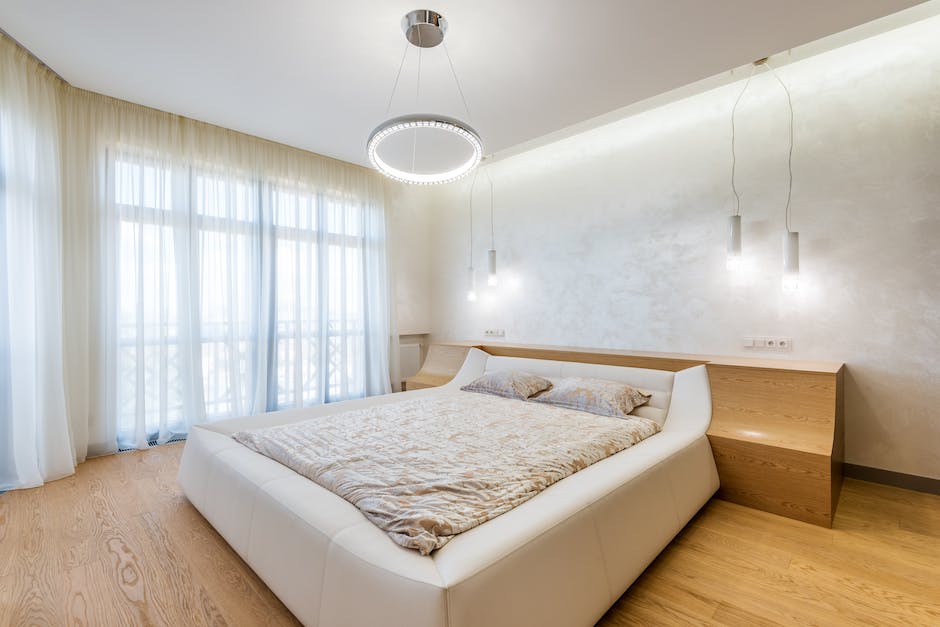
Then, once you reach the last row, you must cast on a second row of stitches just like before. This is because your first row of stitches will not be visible when the project is completed.
Continue knitting until your piece is desired length, then let the project be moistened to ensure a soft and smooth top. If necessary, repeat these processes until your piece is beautiful!
This technique is called double knitting. Many people use it in patterned pieces like socks or blankets as they are easier to handle than single knitting.
If needed, do some more double knits and/or some more wetting to make your piece more visible.
Turn your work around and begin knitting in reverse by bringing the yarn to front of needle and purling every other stitch until you reach the end of your row
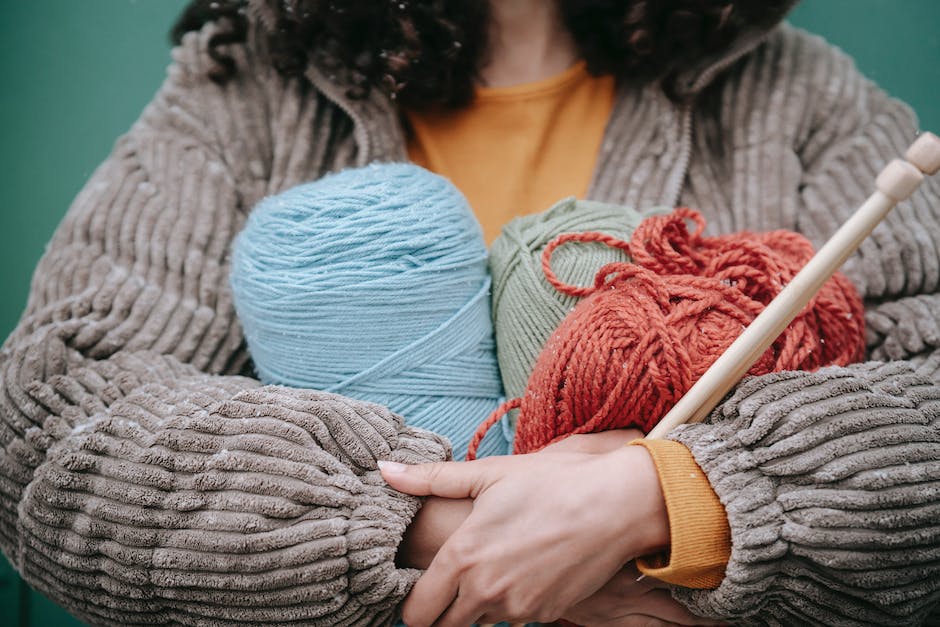
This is probably the most complicated method of double knitting, but it gives you more space to work in. Once you learn the first few rows, it becomes easy!
This method requires a little practice to get right, but after a few tries you will be doing it in no time! Try both ways and see which one works for you and how much space you need to use.
Turn your work around and begin knitting in normal fashion again
If you reversed the process above, begin knitting again in normal fashion by turning your work back to the left or right. You will need to begin again from the beginning to finish your piece.
Reversing stitches and patterns can be tricky, so keep a notebook and pen with you at all times to help remember how to do this.
Don’t be afraid to make a few mistakes. The last thing you want is to start working and realize that you have no idea how to end a round or switch patterns. You will have to start over!
Keep working until you have finished your piece and feel that you have told your story successfully. If you had double points, then that is what you would want to end your piece.
Repeat this process until your project is complete
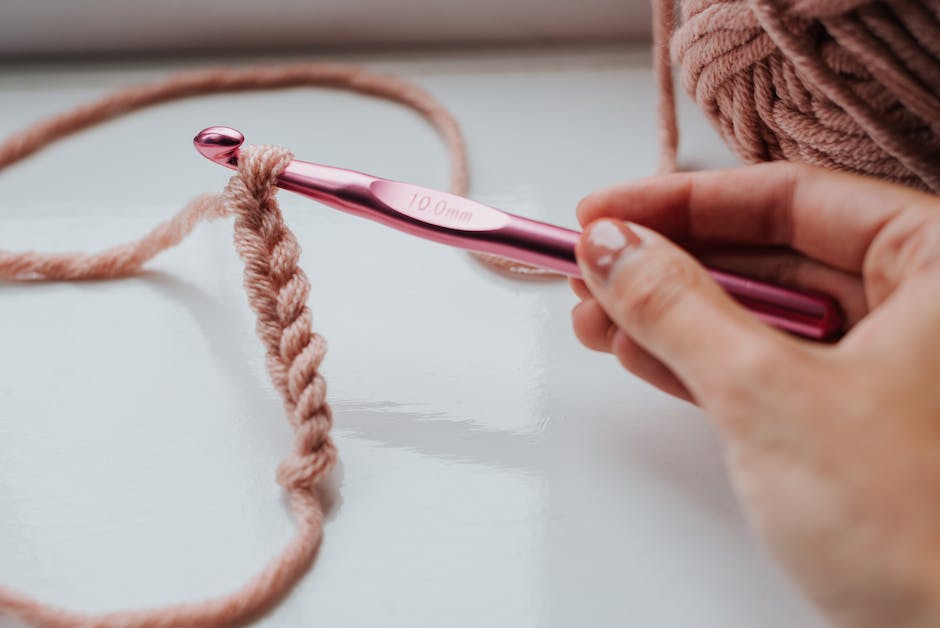
Once your first row is done, continue knitting the second row by following the same steps, except this time place the second left hand needle on the right hand needle and then k2, p2.
Continue to purl until you have completed one leg of your knitted double. Then repeat steps a and b to finish the other leg of your double.
Now that both legs of your double are complete, stop purling and now have a long tail of wool left behind.











